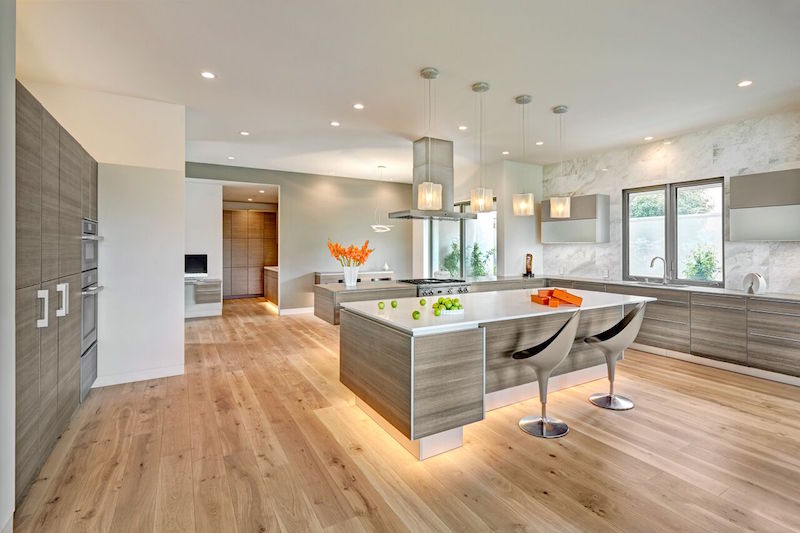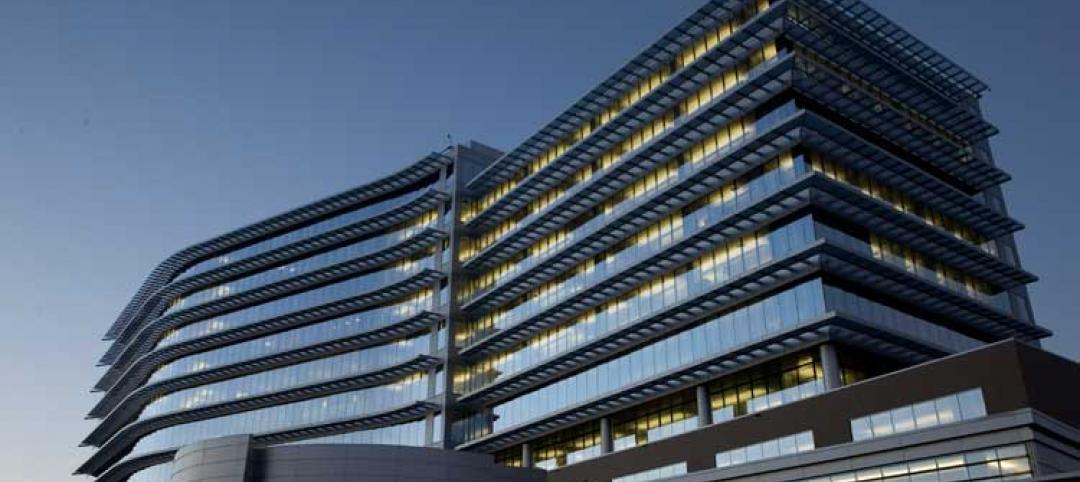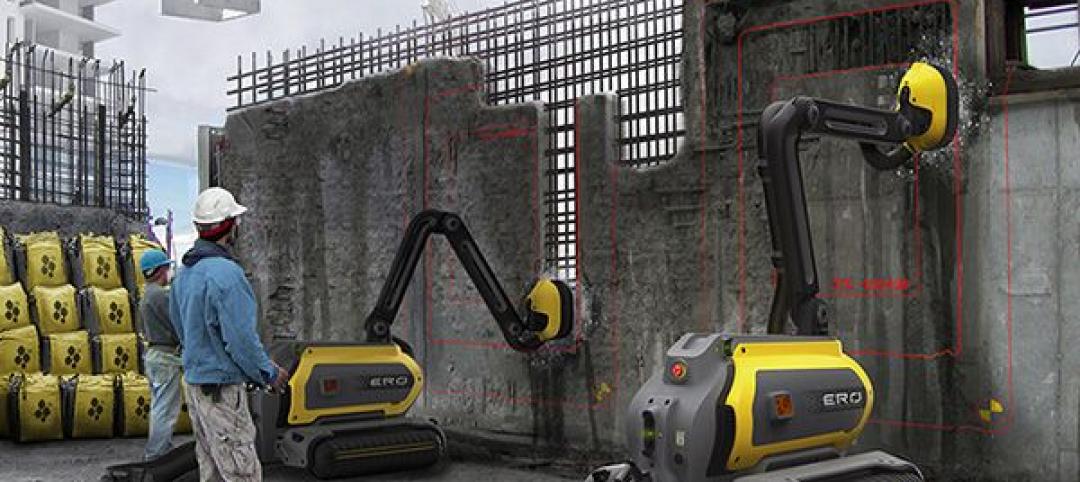The traditional kitchen has lost some of its metaphorical luster in recent years as, according to the 2017 Kitchen & Bath Design Trends Report, contemporary-styled kitchens have overtaken traditional to become the second-most popular North American kitchen design.
According to respondents, in addition to contemporary kitchens surpassing traditional kitchens, two-toned colored kitchens and kitchens equipped with more technology are also two trends currently on the rise.
Based on the survey, the NKBA created a list of the top 10 overall kitchen trends it expects to see for 2017.
- Clean lines, built-ins and simple door styles dominate kitchen designs. Contemporary- styled kitchens overtake Traditional to be the second most popular design after Transitional. Emerging: Industrial and Mid Century Modern. Mountain Modern and Coastal are variations on Contemporary.
- White and gray painted cabinets dominate kitchen color schemes and show no signs of slowing down, especially gray. Blue painted and high gloss cabinets are emerging. For overall color schemes, blue as well as black are emerging.
- Two-toned kitchens are gaining in popularity. Also mixing it up: materials and metals, across surfaces and as accents.
- While wood cabinets dominate kitchen designs, metal --currently a small segment of the cabinet market -- appears to be emerging. Metal cabinets are most frequently specified by younger and male designers.
- Furniture-look pieces, rollouts and pullouts and under cabinet lighting (LED) are among the most popular kitchen cabinet features. Use of crown molding is declining. Rustic and reclaimed woods were frequently mentioned.
- Quartz is the most popular kitchen countertop material, and trending up. Granite, the second most popular countertop material, is trending down.
- Induction cooktops and convection ovens are trending higher, and microwave drawers are outpacing freestanding or built-in microwaves. Steam ovens still represent a small segment of the market, but are also trending higher.
- Use of technology in the kitchen is increasing. About one third of NKBA professionals included wiring and pathways for future tech integration. Also trending upwards: more Internet connected appliances and docking stations.
- Interior barn and pocket doors in kitchens are trending up.
- Accessible and/or universal design features continue to trend up for kitchens.
The report and subsequent trends were generated with information from 562 responses to the 2017 Kitchen & Bath Design Trends survey that was sent out to National Kitchen and Bath Association (NKBA) members in August 2016.
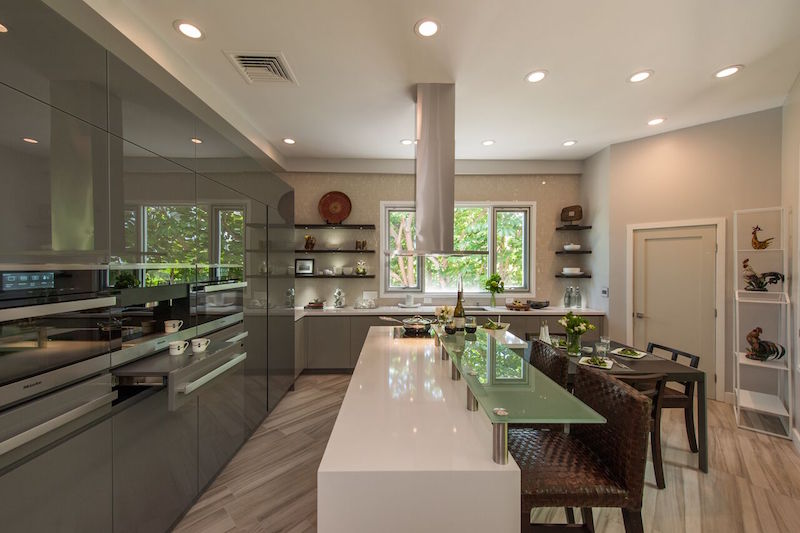 Designer: Dedra Hinano Nahinu, CKD, Inspiration Interiors. Photo: Augie Salbosa.
Designer: Dedra Hinano Nahinu, CKD, Inspiration Interiors. Photo: Augie Salbosa.
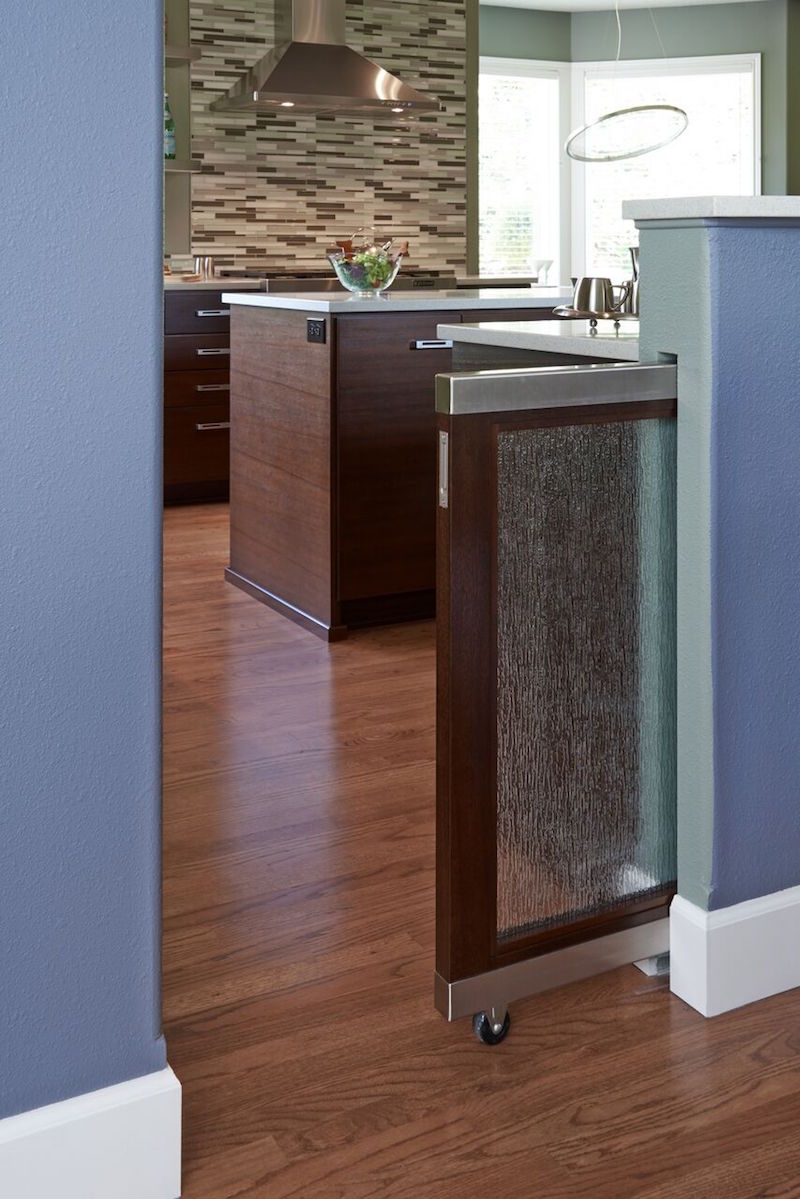 Designer: Robin R. Fisher, CMKBD, CAPS, Robin Rigby Fisher Design. Photo: Dale Lang.
Designer: Robin R. Fisher, CMKBD, CAPS, Robin Rigby Fisher Design. Photo: Dale Lang.
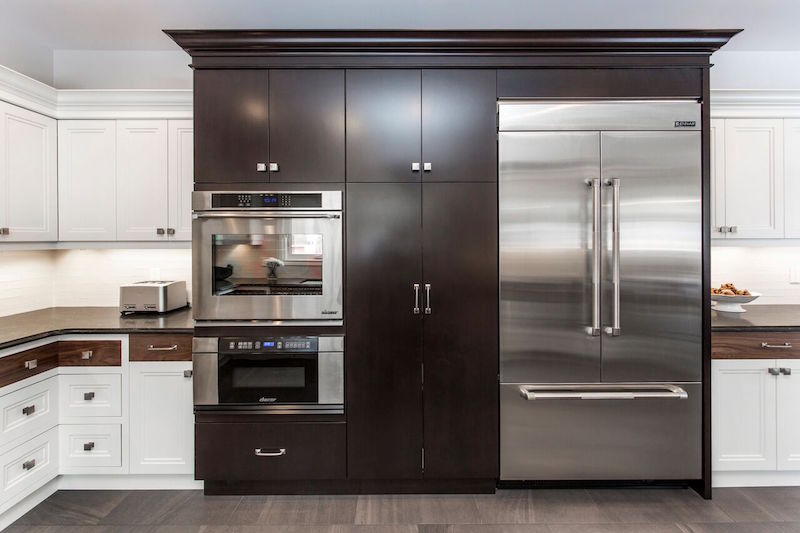 Designer: Cassandra Nordell-MacLean, William Standen Co. Photo: Gerald Mabee.
Designer: Cassandra Nordell-MacLean, William Standen Co. Photo: Gerald Mabee.
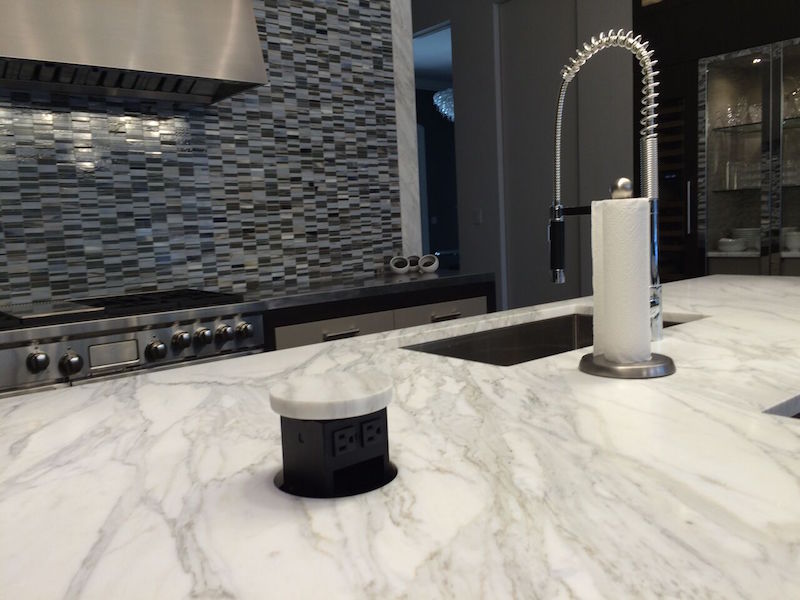 Designer: Leslie Lamarre, CKD, CID, TRG Architecture + Interior Design. Photo: Bernard Andre.
Designer: Leslie Lamarre, CKD, CID, TRG Architecture + Interior Design. Photo: Bernard Andre.
Related Stories
| Jul 17, 2013
Top Multifamily Architecture Firms [2013 Giants 300 Report]
IBI Group, Niles Bolton, Perkins Eastman top Building Design+Construction's 2013 ranking of the largest multifamily architecture and architecture/engineering firms in the United States.
| Jul 17, 2013
CBRE recognizes nation's best green research projects
A rating system for comparative tenant energy use and a detailed evaluation of Energy Star energy management strategies are among the green research projects to be honored by commercial real estate giant CBRE Group.
| Jul 17, 2013
Should city parking space requirements be abolished?
Some cities are deliberately discouraging construction of new parking spaces by allowing the construction of buildings with a lower ratio of parking spaces to dwellings (as low as 0.75 spaces per residence).
| Jul 17, 2013
Retail store openings at five-year high
Analysis by RBC Capital Markets shows that U.S. retailers are planning to open 42,757 stores over the next 12 months, and some 83,700 locations over the next two years, both five-year highs.
| Jul 16, 2013
Amid single-family housing’s comeback, rental market not skipping a beat [2013 Giants 300 Report]
As the economy recovers and homeownership becomes a realistic option for more consumers, will it spell the end of the multifamily sector’s hot streak? The experts say no.
| Jul 16, 2013
As the U.S. economy sputters back to life, contractors wait for the green light on projects [2013 Giants 300 Report]
There are enough positive indictors in the economy to justify greenlighting projects, but building owners and developers remain reluctant to pull the trigger.
| Jul 16, 2013
Robotics: A new way to demolish buildings
A robot prototype uses water jets to break up concrete structures and then sucks up the water and debris for reuse and recycling.
| Jul 15, 2013
Mergers and acquisitions transform engineering sector [2013 Giants 300 Report]
Merger and acquisition deals by MEP, commissioning, structural, and specialty engineering firms were up 14% nationwide in 2012 compared with 2011.
| Jul 15, 2013
Top Architecture/Engineering Firms [2013 Giants 300 Report]
Stantec, HOK, HDR top Building Design+Construction's 2013 ranking of the largest architecture/engineering firms in the United States.
| Jul 15, 2013
Top Architecture Firms [2013 Giants 300 Report]
Gensler, Perkins+Will, NBBJ top Building Design+Construction's 2013 ranking of the largest architecture firms in the United States.


